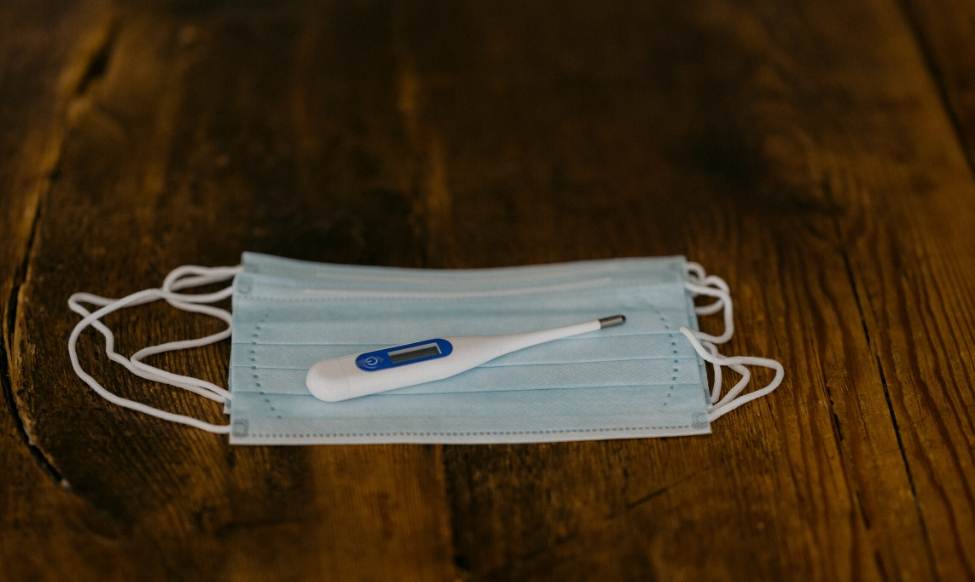As the business world gradually starts to reopen, I have heard from some business owners concerned about their exposure to lawsuits from employees who say they were exposed to the virus while at work. What is an employer’s liability in these circumstances? Every situation is unique. But if employers are following the recommendations of the CDC and state and federal agencies with respect to social distancing and workplace safety, the burden would shift to the employee to prove that he or she was exposed at work – a high burden. Read on for what this means for employers.
We all should act responsibly by wearing and requiring masks/face coverings, providing reasonable additional protections to employees (which is really business-specific depending on the nature of your workplace), limiting headcount in businesses of both employees and clientele, and watching that employees and customers alike observe social distancing protocols. Businesses must be smart, follow the guidelines, and use common sense to protect employees, who have been through a lot during the shutdown.
In New York, employees are limited to filing claims for worker’s compensation benefits as opposed to commencing a lawsuit against their employer (unless the employer does not have worker’s compensation insurance in place – but that is not the norm). Therefore, the threat of a viable COVID lawsuit against an employer is very low. If proper protocols are established and followed, employers should feel confident that they will limit their exposure to lawsuits, worker’s compensation claims, and any claims/complaints filed with government agencies once they re-open.
Regarding worker’s compensation claims, many employers feel that the system in New York is skewed in favor of employees. But one thing to think about is that the employee who is exposed to and/or contracts the virus would need to be able to establish that he/she was exposed while at work. You may recall Governor Cuomo’s report a few weeks ago that about 66% of new COVID cases were people “sheltering in place” as opposed to essential workers who were potentially exposing themselves to the virus on a daily basis. Even if an employee (or client for that matter) were diagnosed, it’s extraordinarily difficult to establish that the person contracted it while at work as opposed to somewhere else.
This pandemic has challenged business owners like never before. As soon as you’re permitted, open your doors and get back to work. When you do, protect yourself, your business, your employees, and clientele by following common sense guidelines and protocols. Be smart, be safe, and get back to business wisely.
For guidance on the protocols and safety measures your business must implement, please contact us.
This article is for informational purposes only and you should not take or refrain from taking any actions based on the content of this article.

